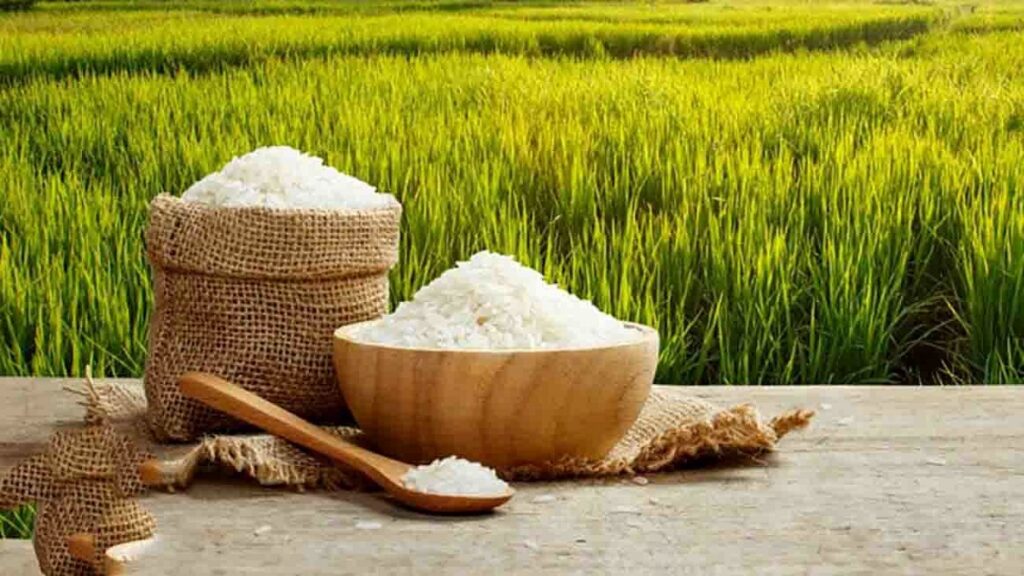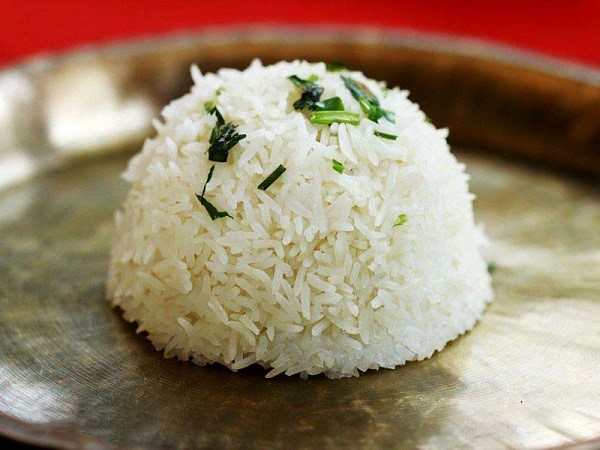Rice is one of the oldest cereals cultivated by humans. It is estimated that rice cultivation began over 10,000 years ago in Southeast Asia. From there, rice spread to other parts of Asia and then to Europe and Africa.
In Iran, rice cultivation began in the Achaemenid period. At that time, rice was cultivated in areas of Iran with a warm and humid climate, such as Gilan and Mazandaran. In the Sassanid period, rice cultivation in Iran flourished and rice became one of the main cereals of the Iranian people.
Rice cultivation also continued in Iran during the Islamic period. In this period, rice spread from Iran to other Islamic countries, such as Iraq, Egypt, and Turkey.
Today, Iran is one of the world’s largest rice producers. Iranian rice is known for its high quality worldwide.
Properties of Iranian rice
Iranian rice has many properties. These properties include:
It is a good source of carbohydrates, which provide the body with the energy it needs.
It contains a lot of fiber, which helps to improve the functioning of the digestive system.
It is a good source of vitamins and minerals, including vitamins B, iron, magnesium, and phosphorus.
Difference between Iranian rice and foreign rice
Iranian rice differs from foreign rice in terms of quality, taste, and aroma. Iranian rice usually has larger, whiter, and more fragrant grains than foreign rice. Also, Iranian rice is easier to digest due to its lower starch content.
Foreign rice also has high nutritional properties and value, but Iranian rice is at a higher level in terms of quality and taste.


